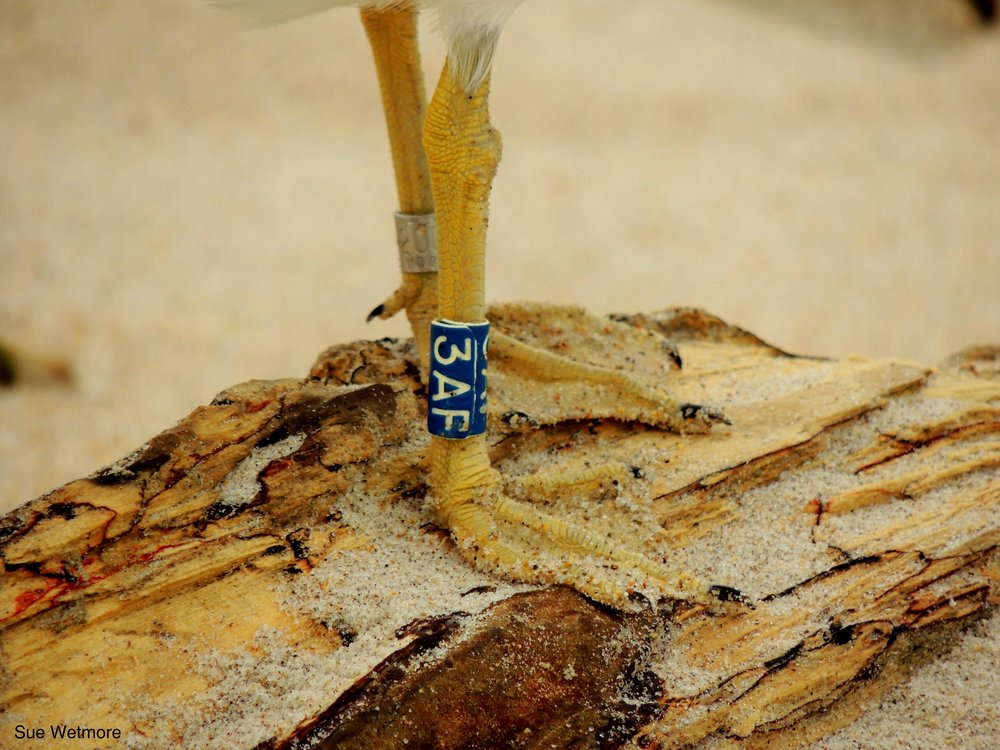Hear the word snowbird and what comes to mind? Perhaps juncos at your feeder or irruptive northern finches from Canada? Of course then there is the other snowbird, those of us that flee the cold of Vermont to warmer climes.
This month of January I am in Titusville, Florida. The locale is adjacent to Merritt Island Wildlife Refuge and the Kennedy Space Center. The refuge offers a variety of habitats that attract numerous species of wintering waterfowl as well as egrets and herons skulking in the shallows.
 In addition, huge rafts of coots are tightly clustered, no doubt in a protective ploy to avoid the Bald Eagles. Impossibly pink Roseate Spoonbills sieve the water with their incredible bill that is so perfectly adapted to finding its prey. I even had a Florida Scrub Jay land on my head and proceed to try to crack open the button on the top of my RCAS hat. Ouch!
In addition, huge rafts of coots are tightly clustered, no doubt in a protective ploy to avoid the Bald Eagles. Impossibly pink Roseate Spoonbills sieve the water with their incredible bill that is so perfectly adapted to finding its prey. I even had a Florida Scrub Jay land on my head and proceed to try to crack open the button on the top of my RCAS hat. Ouch!
The day we decided to visit Playalinda Beach was cool and very windy. The brisk north wind had numerous species sitting tight on the sand. Royal Terns, Willets, Ring-billed and Laughing gulls were among the beach goers. Surveying the group I noticed one Ring-billed Gull had tags on both legs. One was the typical aluminum band that you report to Laurel, Maryland. The other was different, a plastic tag with an alphanumeric code. I quickly took several photos with my digital superzoom camera of the bands.
Returning to our campground I googled "Ring-billed Gulls with bands." The site for this was found and I was directed to report all pertinent information on the online form. I dutifully noted the location, date, the color of the band, and the alphanumeric code.
The following day I received an email from Professor Jean-Francois Giroux in Quebec. “My” gull was banded in Ile Deslauries, Varennes, Quebec on May 17, 2012. It has flown to Playalinda Beach for the winters of 2013 and 2015. Evidently the winter of 2014 the bird managed to escape notice. It then returns in summer to Quebec making it a true snow bird!
 Professor Giroux is working with University of Quebec, MIT, and the Massachusetts Department of Conservation and Recreation as part of a study on movements and population dynamics of these gulls in eastern North America.
Professor Giroux is working with University of Quebec, MIT, and the Massachusetts Department of Conservation and Recreation as part of a study on movements and population dynamics of these gulls in eastern North America.
This chance encounter has significant data to aid the study and submitting it was a way to participate as a citizen scientist.
So keep your eagle eyes open when viewing birds and perhaps you will also find a banded bird. It is very easy to locate the appropriate site to report any findings. Simply google the species seen and include in your search the word "banded" and you will have an opportunity to add your data to a study.